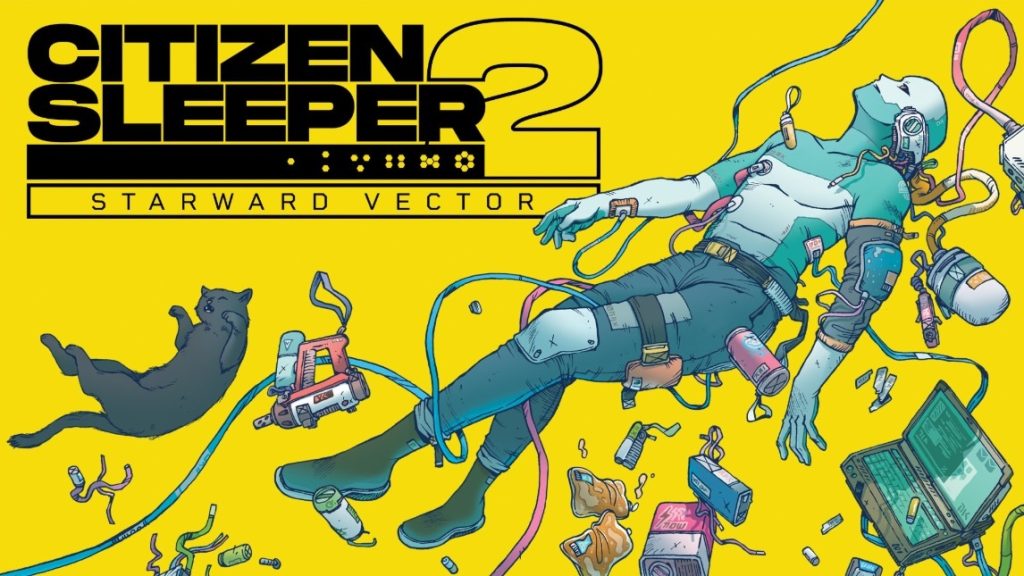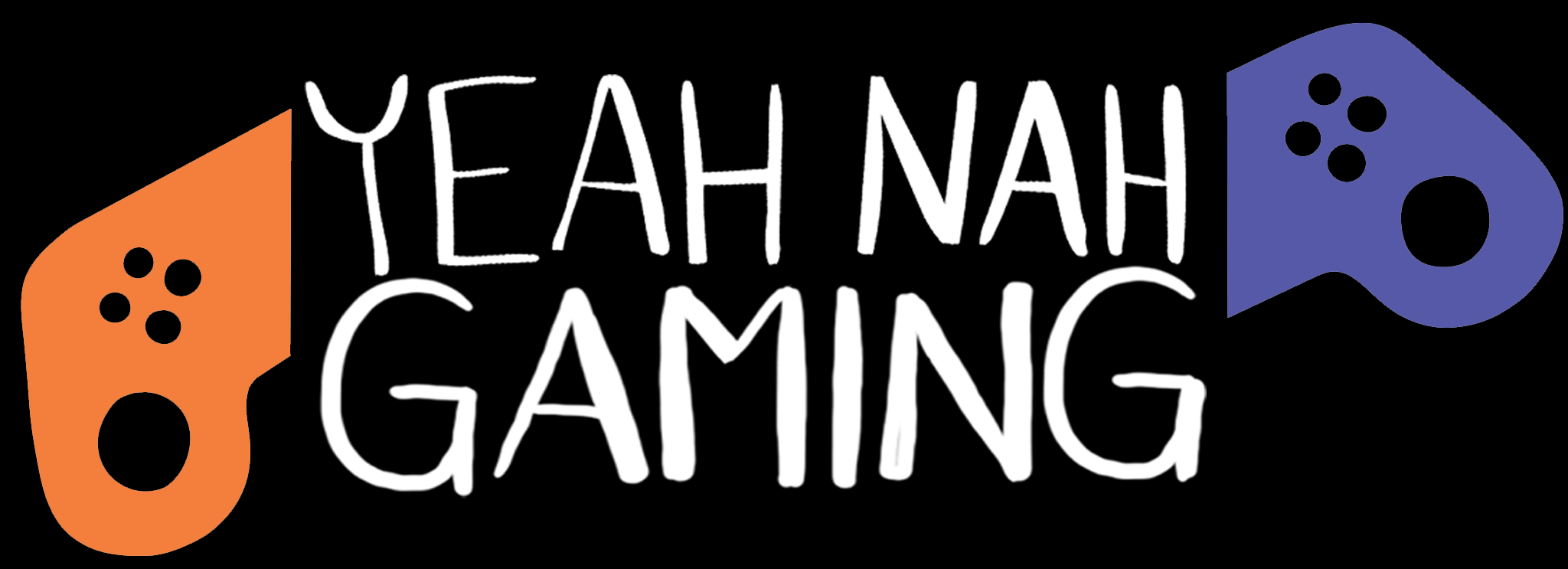When COVID hit in 2020, I had just organised a virtual group to play The Sprawl—a tabletop game about running missions in a dystopian cyberpunk future. Much like the ragtag cast of characters in the setting, we cobbled together a diverse crew of players from far-flung places like Japan, Mauritius, Germany, and the United States. It was those weekend sessions of The Sprawl that made lockdowns bearable: a group seeking shelter against the relentless shitstorm of bad news, through the medium of shared storytelling.
Citizen Sleeper 2: Starward Vector is a game that shares much of its DNA with tabletop systems like The Sprawl. But like my story above, it’s also a game about connections: how they’re formed and how we need them to weather the things that batter and break us. When the first Citizen Sleeper launched in 2022, it had the logline “Roleplaying in the Ruins of Interplanetary Capitalism,” a vision that the game carried to the hilt. Its sequel drives that vision further through more ambitious scope and scale, but at times those selfsame qualities cut the other way. Thankfully, the prose and art always pull the game’s core themes back into focus.

You play as a Sleeper, an emulation of another human’s consciousness transplanted into a robotic frame and forced to work for a corporation. While the first game is concerned with breaking free of that corporate control, Citizen Sleeper 2 starts with those chains already broken. Instead, you’re on the run from a crime boss that’s keeping you trapped in a cycle of debt. The game has you scramble from spaceport to spaceport as you try to gather a crew and enough money to stay one step ahead of your pursuer. It’s a change from the first game’s more measured pace, but it unfurls its worldbuilding so organically that even a newcomer can easily drop in. The script trusts the player to be observant and curious enough to soak in the details of the setting as they bounce between the more emotionally charged character moments and plot developments.

The core of the game is about using dice to resolve challenges. You roll a pool of dice at the start of each day, and when presented with a task, select a die and add a relevant skill to determine the result. Like the best TTRPG systems, Citizen Sleeper 2 realises that putting hard progression blockers on failed rolls just tends to create unnecessary friction. Instead, these failures are used to introduce new complications or texture to the story. But there are also new systems that help to reinforce the game’s themes and ideas too: Stress, Damage, and Glitch Dice.

When you take on missions, you’ll accrue Stress—either situationally or from failed rolls. Take enough, and your dice will take damage and break, becoming unusable until repaired. Further complicating this are Glitch Dice, which occasionally worm their way into your pool. These dice disregard your skills completely and skew more towards negative outcomes, and failing to use them increases the odds that more will appear in your pool each day. When all these foils and complications start to coalesce and build momentum off one-another it can transform even rudimentary missions into beautiful cascades of failures and mishaps, as you desperately try to weigh the cost of each roll versus the potential outcomes. You’ll also need to decide which crewmates to take with you on missions. They have their own skills and Stress values to juggle, but they also lend flavour too, chiming in with their own perspective and experiences as the fiction requires.

These systems—which push and pull on your resources—drive home the sense of desperation the story tries to convey: you’re a fragile, broken-down object, kept together with spare parts and distant memories. Your life is one of decay and mistakes, but those losses present their own opportunities too. Citizen Sleeper 2 is proof positive that there’s no delineation between narrative design and mechanics, and it’s a masterclass in their synthesis.

But because the game is larger in scope than its predecessor (ditching a single space station in favour of an asteroid belt full of them), it means that overlooked elements can have an outsized effect. Moving around the asteroid belt requires fuel, which itself requires money. The only way to earn it is by selling items or taking on odd jobs, but not all space stations have the same opportunities. Unfortunately, these opportunities aren’t communicated anywhere on the system map either, meaning you’ll have to memorise where they are or just burn fuel hopping around until you find the right station. It’s a nagging bit of friction that’s counter to the surfeit of information the game otherwise serves up when presenting probabilities or resource costs.

That increased scope also means the game has more cogs turning too, and the logic underpinning the world can become unmoored from its projected reality—in both mechanical and narrative ways. Broken UI elements make it possible to force skill checks that otherwise wouldn’t be possible (like repairing your dice when on a mission, which is normally prohibited), or sometimes text elements overlap into a jumbled mess of letters. Most notable, however, is when the continuity of the story bends. The most prominent example for me was when multiple characters made reference to a pending mission that I had already resolved hours prior.

But these are issues that can be patched or might not even crop up in other people’s playthroughs. What stuck with me by the time credits rolled was the artistry of the whole thing. Delicate yet robust prose describes everything from city streets awash with the discordant buzz of humanity to long-dead data havens with cavernous ceilings like cathedrals, haunted by lonely digital ghosts. Characters have beautifully-drawn portraits full of motion and personality that encapsulate them so completely that I often found myself lost in the tiny details. The down-tempo, electronica soundtrack flits along the periphery long enough to establish a persistent, moody tone, only to unfurl and grow more complex as scenes demand.

Every single part of Citizen Sleeper 2: Starward Vector is so keenly crafted as to appear effortless. While some of its ambition outpaces what it’s capable of delivering, the virtuosic merging of its prose, its mechanics, and its art elevates it above those subtractive elements. It’s a game about an oppressive cultural hegemony that would rather you curl up and die and finding a reason to exist beyond its constraints. It’s a game about finding people you love and finding ways to help them. It’s a game about today.
An expert synthesis of narrative and mechanics, producing a wholly singular work of art.
